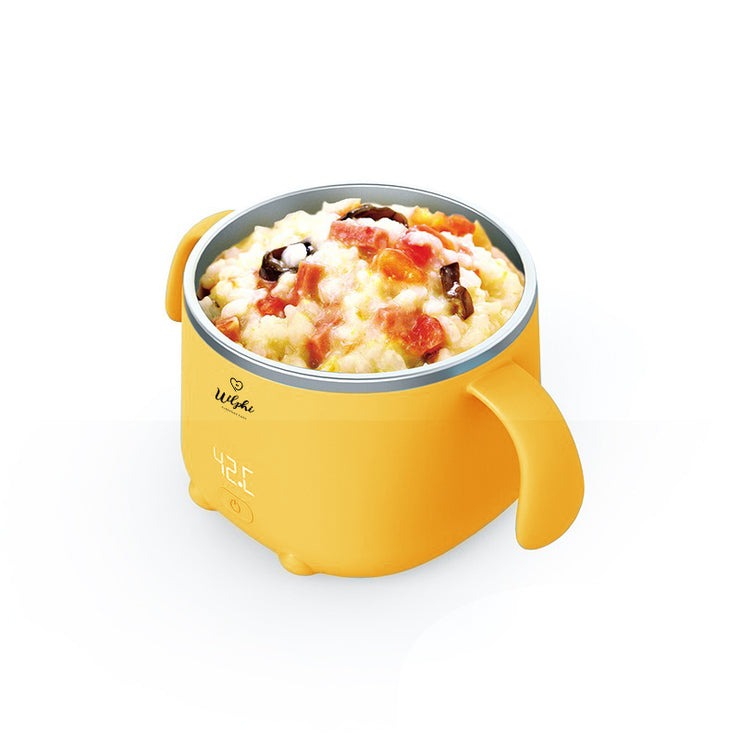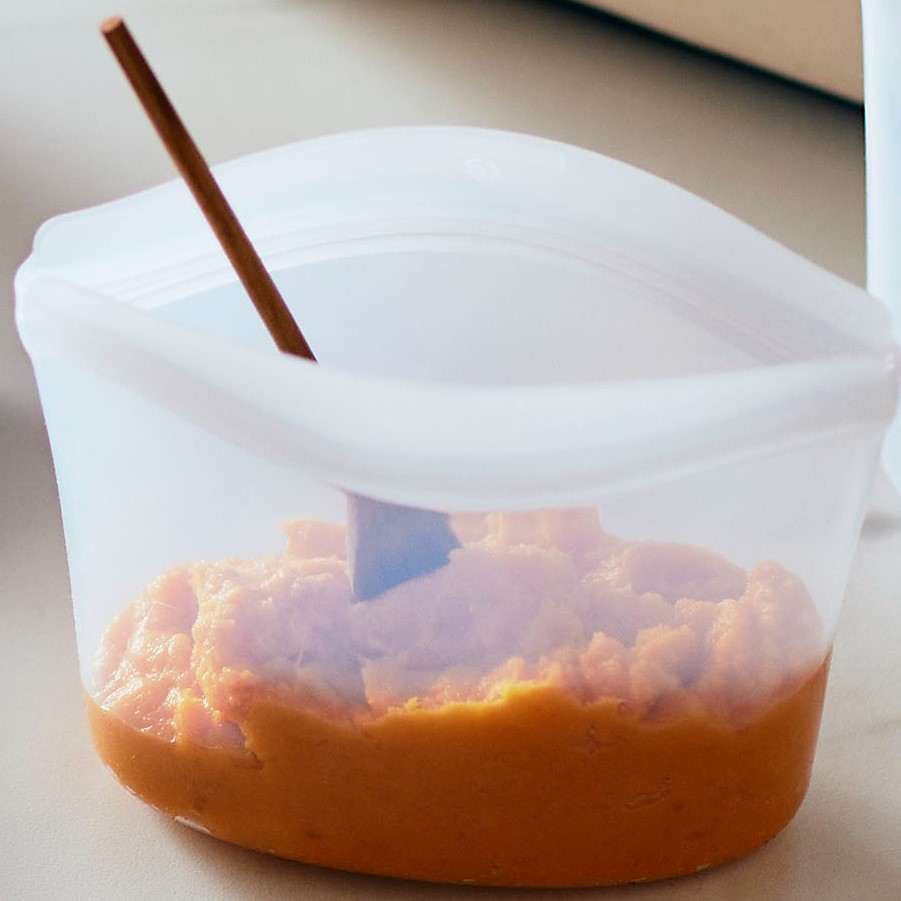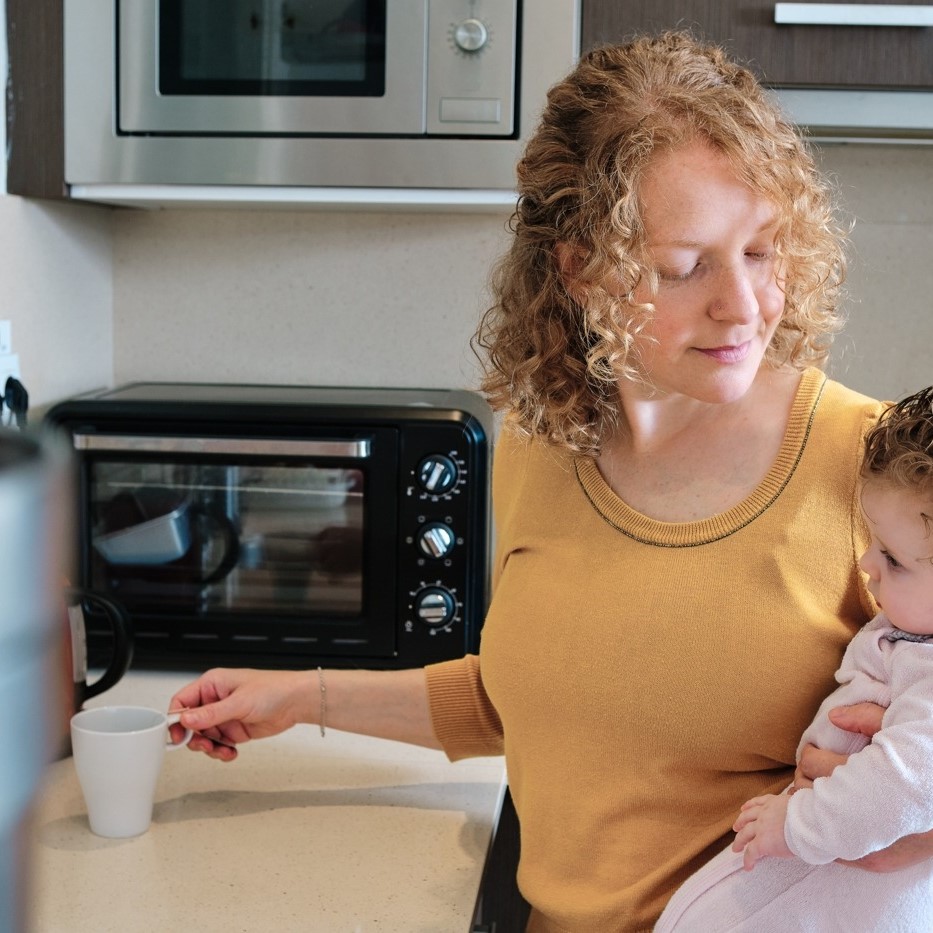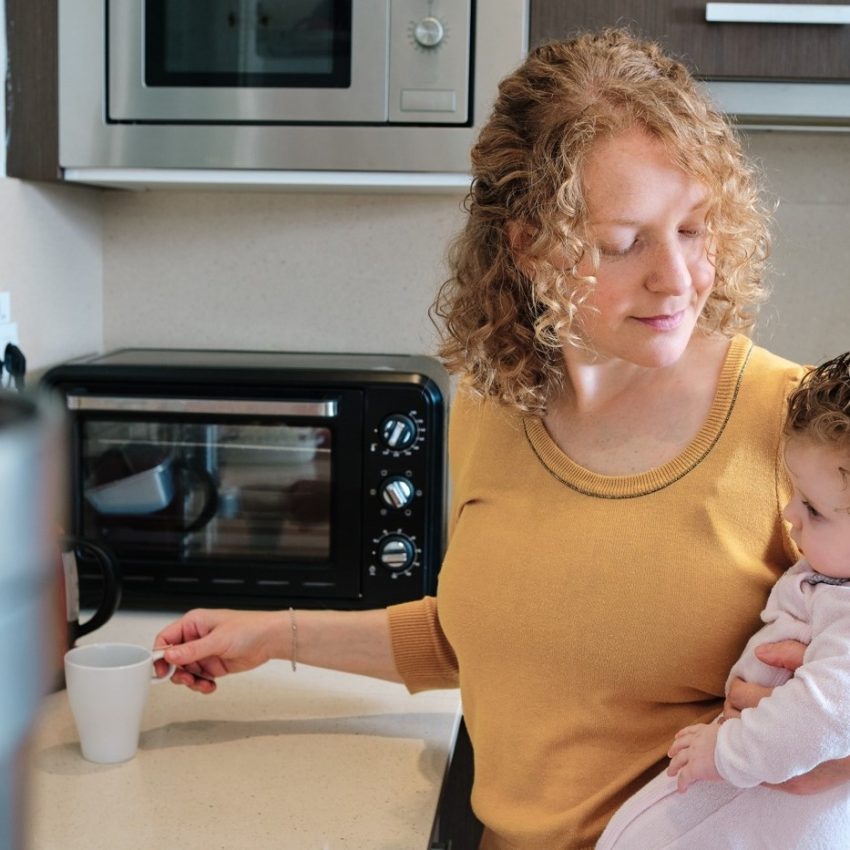Warming up baby food is an essential part of feeding your little one, ensuring that their meals are not only safe but also enjoyable. With the various methods available, parents can choose the one that best fits their lifestyle, whether they are at home or on the go. Below are some key points and methods on how to warm up baby food that will guarantee a pleasant feeding experience for your child.
Understanding the Importance of Warming Baby Food
Warming baby food may seem like a small detail, but it can play a significant role in ensuring your baby’s comfort and overall eating experience. Here are some reasons why warming baby food is important:
- Comfort and Preference: Many babies prefer their food warm, much like breast milk or formula. Warming the food can make it more appealing and comforting, encouraging them to eat.
- Taste and Texture: Warming food can enhance its aroma and flavor, making it more palatable for babies. Additionally, heat can help soften textures, making it easier for babies to swallow.
- Digestibility: Warm foods can be easier on a baby’s digestive system. Cold food can sometimes cause discomfort or be more challenging for infants to digest.
- Avoiding Chills: Serving cold food can be unappealing and may lead to negative associations with mealtime. A warm temperature can help create a positive experience.
- Safety: Warming pre-packaged or refrigerated baby food ensures that it reaches an appropriate serving temperature. It’s essential to check that the food is warm but not hot, to prevent burns.
-
Encouragement to Eat: If a baby is reluctant to eat, warming the food might help stimulate their appetite and encourage them to try new flavors and textures.
-
Maintaining Nutrient Integrity: While heating food, it’s important to do it gently to avoid nutrient loss. Steaming or warming in a water bath can help retain vitamins and minerals.
Methods for Warming Up Baby Food

There are several methods you can use to warm up baby food effectively. Each method has its benefits, and choosing one depends on your circumstances:
- Microwave: A quick option, microwaving baby food allows for rapid warming. However, it’s essential to stir the food well after warming and check the temperature to avoid hot spots.
- Stovetop: Placing the baby food in a saucepan over low heat is another effective method. This allows for more controlled warming, ensuring the food heats evenly.
- Warm Water Bath: This gentle approach involves placing the baby food jar or container in a bowl of hot water. It’s an excellent way to warm up food gradually without the risk of overheating or cooking it.
- Bottle Warmer: If you’re using store-bought baby food in jars or pouches, a bottle warmer can streamline the process, warming the food to a safe temperature without hassle.
Understanding these methods allows parents to choose the most convenient and effective way to warm up baby food, depending on their situation.
Tips for Safe Warming
When warming up baby food, safety is paramount. Here are some essential tips to keep in mind:
- Check the Temperature: Always use a thermometer or your wrist to test the food after warming. It should be warm but not hot to the touch.
- Avoid Overheating: High temperatures can degrade the nutritional value of the food and potentially create hot spots that can burn your baby’s mouth.
- Storage Guidelines: If you’re using food that has previously been frozen, make sure to thaw it correctly in the fridge or a microwave before warming up. Avoid refreezing thawed food.
- Hygiene: Always ensure that your utensils, cooking surfaces, and storage containers are clean. This helps prevent any contamination that could affect your baby’s health.
By following these safety tips, parents can confidently warm up baby food while minimizing any risks associated with feeding.
Timing and Meal Prep
Timing is everything when it comes to feeding a baby. Here’s how to strategize meal prep for ease of warming up baby food:
- Batch Cooking: Preparing large quantities of baby food at once can save time in the long run. Portioning it out into individual servings makes it easy to warm up only what you need.
- Cooling and Storing: After cooking, let the baby food cool before storing it in the fridge or freezer. This ensures the food remains safe, as hot food can raise the temperature inside the fridge, compromising other items.
- Planning Meals: If you know the times your baby usually eats, plan your warming methods accordingly. For example, if you often use a microwave, make sure to leave the food out to reach a suitable temperature before the mealtime.
By planning ahead, parents can make the process of warming up baby food simpler and more efficient.
What to Avoid When Warming Baby Food

Warming baby food is an essential task for many parents, but it’s important to do it safely to ensure your baby’s health and well-being. Here are five things to avoid when warming baby food.
Avoid Using the Microwave Alone
Many parents turn to the microwave for convenience, but it’s not the best method for warming baby food. Microwaves can heat unevenly, creating hot spots that might scald your baby’s mouth and throat. To avoid this, if you must use the microwave, always stir the food thoroughly after warming, and let it rest for a minute to allow the heat to distribute evenly.
Don’t Use Plastic Containers
Some plastic containers can release harmful chemicals when heated. Avoid using plastic bowls or containers to warm baby food, as they can leach substances like BPA into the food. Instead, opt for glass or ceramic containers that are microwave-safe. This ensures that your baby’s food remains free from toxins.
Avoid Overheating the Food
When warming baby food, it’s easy to get carried away and overheat it. Excessive heat can not only alter the taste and texture of the food but also diminish its nutritional value. Ideally, baby food should be warmed to room temperature or slightly above. Always check the temperature before feeding it to your baby. A good rule of thumb is to test a small amount on your wrist; it should feel warm but not hot.
Don’t Leave Food Unattended
Whether you’re using the stove or microwave, never leave the baby food unattended while it’s being warmed. Distractions can lead to overheating or spilling, which can be dangerous. Stay close by to monitor the heating process, ensuring your baby’s food is warmed safely and effectively.
Avoid Rewarming Leftovers Multiple Times
Baby food that has been warmed should not be reheated multiple times. Doing so can promote bacterial growth, posing a risk of foodborne illness. Take only the portion you need to warm, and any uneaten food should be disposed of. If you have leftover baby food, store it in the refrigerator promptly and use it within a day or two, ensuring it’s warmed only once before serving.
By avoiding these common pitfalls, you can ensure that your baby’s food is warmed safely and healthily, supporting their growth and development while reducing any risks associated with food safety.
Conclusion: Making Mealtime Enjoyable

In conclusion, knowing how to warm up baby food properly is essential for a smooth and enjoyable feeding experience. The right temperature enhances the taste and makes meals more appealing for infants, ensuring they receive the essential nutrients they need for healthy growth. By considering the various warming methods, practicing safety tips, and planning meals effectively, parents can create a positive mealtime atmosphere. Ultimately, making meal preparation a seamless part of parenting allows for greater bonding moments during these early years of development.
